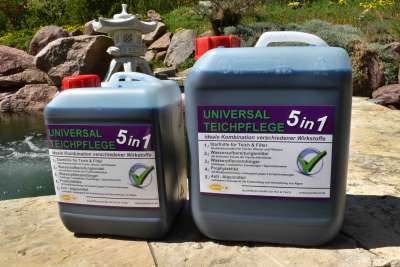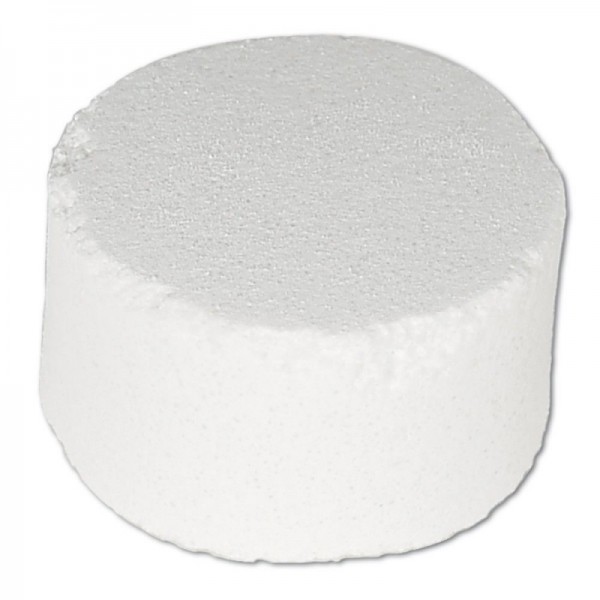
Hydraulic gradients in the modeled area range from 0.00001 for carbonate aquifers to 0.19 for barriers in tuffaceous rocks. The model simulated steady-state ground-water flow occurring in tuffaceous, volcanic, and carbonate rocks, and alluvial aquifers. Provided in the Supplemental Data section are a listing of the computer program, definitions of selected program variables, and several examples of data input and output used in verifying the accuracy of the program.įinite-element simulation of ground-water flow in the vicinity of Yucca Mountain, Nevada-CaliforniaĪ finite-element model of the groundwater flow system in the vicinity of Yucca Mountain at the Nevada Test Site was developed using parameter estimation techniques. A concise discussion of the Galerkin method is presented along with a description of the program. Results of the program compare well to analytical solutions and simulations. The computer program was developed for the preliminary simulation of ground-water flow in the Edwards-Trinity Regional aquifer system as part of the Regional Aquifer-Systems Analysis Program. Constant head, constant flux, and head-dependent flux boundary conditions can be specified in order to approximate a variety of natural conditions, such as a river or lake boundary, and pumping well. The program may also be used for unconfined aquifers of constant saturated thickness. (Kosco-USGS)Ī finite-element model for simulation of two-dimensional steady-state ground-water flow in confined aquifersĪ computer program based on the Galerkin finite-element method was developed to simulate two-dimensional steady-state ground-water flow in either isotropic or anisotropic confined aquifers. Geological Survey in cooperation with the San Bernardino Valley Municipal Water District. It was prepared as part of the investigations made by the U.S. The documentation assumes that the reader is familiar with the physics of ground-water flow, numerical methods of solving partial-differential equations, and the FORTRAN IV computer language.


Geological Survey) for use in ground-water investigations in southern California. This report documents a finite-element model for simulation of ground-water flow in a two-aquifer system where the two aquifers are coupled by a leakage term that represents flow through a confining layer separating the two aquifers. The biggest advantage of chlorine dioxide, compared to other oxidants (hydrogen peroxide, ozone and chlorine), is its low oxidation power in combination with a high oxidation capacity.Documentation of a finite-element two-layer model for simulation of ground-water flow Chlorine dioxide is in low concentrations in the water, other than for example chlorine odorless. Only a very small amount of sodium chloride (common salt) remains after use. Chlorine dioxide has no (harmful) residues. It is a unique oxidant that is already at very low concentrations is very effective at fighting viruses, fungi and pathogenic bacteria.Īnaerobic bacteria can build up no resistance against chlorine dioxide because the cell structure is destroyed.Ĭhlorine dioxide is a very selective oxidant and reacts especially with organic substances. Thereby it should in certain levels present in drinking water and also in ponds or basins with other live animals/organisms.Ĭhlorine dioxide has a long history of nearly 200 years and is discovered by Humphrey Davy in 1814. Chlorine dioxide (not to be confused with Chlorine!) is a relatively weak oxidant. This tablet form of chlorine dioxide (CLO2) is a new development and makes the application of this product very easy. The SuperTab is a tablet form of the chlorine dioxide oxidant. * Low concentration gives effective dosage * Fungi, viruses and bacteria do not build resistance on * Reduces anaerobic bacteria, viruses and fungi SuperTab brings new ponds in balance For 400 m 3

Landing net / fish transport / fish protection / cover net / bowl +.


 0 kommentar(er)
0 kommentar(er)
